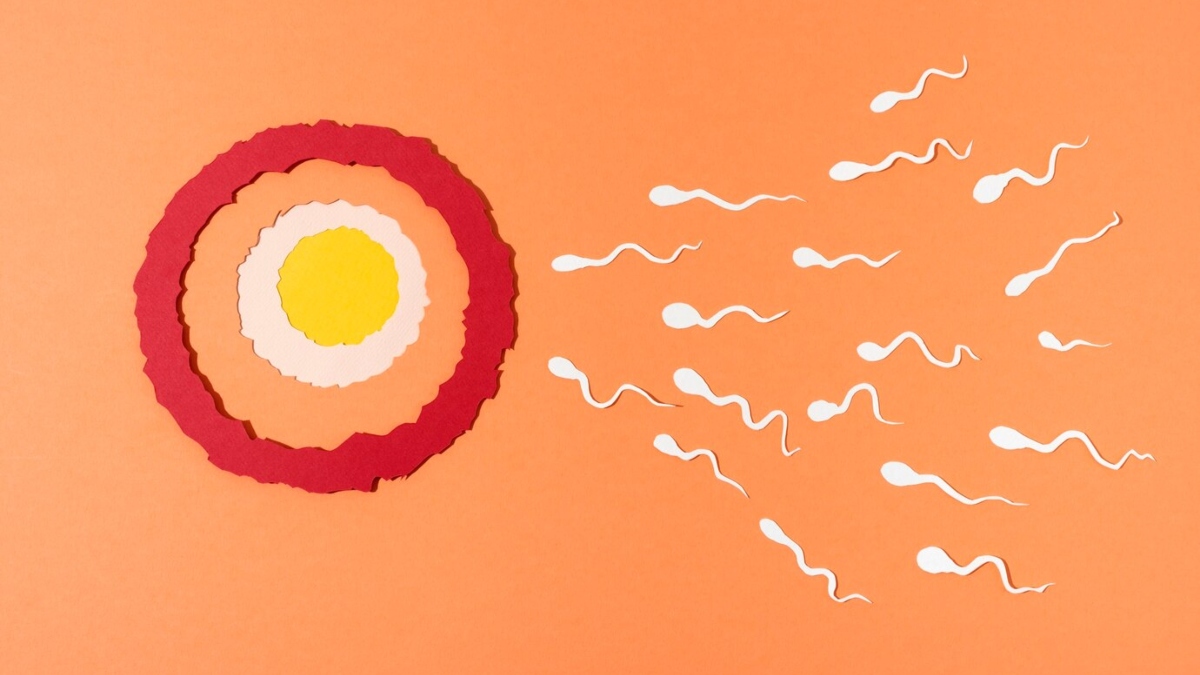Infertility is a global health concern, affecting about 60-80 million couples each year. Among this, 15 to 20 million, accounting for about 25%, reside in India. The scale of this issue calls for immediate attention to matters of reproductive health, especially considering that most infertility cases are preventable. Infertility and sub-fertility are distinct terms, each with its own implications for individuals and couples aspiring to start a family. According to Dr Lavi Sindhu, Consultant, Birla Fertility & IVF, Lajpat Nagar, understanding the difference between these conditions is crucial in seeking appropriate medical guidance and making informed decisions regarding treatment options.
Defining Infertility & Sub-fertility
Infertility is a condition that denotes the inability to conceive or achieve a pregnancy after regular, unprotected intercourse for at least one year (or six months for women over 35). It implies a complete inability to get pregnant naturally and can be caused by various factors, including issues with the male partner, the female partner, or a combination of both. Infertility is often a result of underlying medical conditions, such as polycystic ovary syndrome (PCOS), endometriosis, or low sperm count. While the inability to conceive may be temporary or long-term, infertility generally suggests a significant challenge in achieving pregnancy without medical intervention.
Sub-fertility, on the other hand, is a less severe condition compared to infertility. It refers to a reduced level of fertility, where couples may face difficulty in achieving pregnancy but still have a reasonable chance of conceiving naturally with time and effort. Sub-fertility often implies that while there might be some challenges or delays in conception, there is still hope for achieving a successful pregnancy without the need for advanced medical treatments. This condition may be temporary, and couples experiencing sub-fertility may find that they are able to conceive naturally with lifestyle adjustments or additional time.
Causes and Factors
In the case of infertility, the underlying factors tend to be more complex and severe. Conditions such as blocked fallopian tubes, severe male factor infertility, or premature ovarian failure often contribute to infertility. Medical interventions like in vitro fertilization (IVF) or intrauterine insemination (IUI) are frequently required to address infertility issues successfully.
Sub-fertility, however, is usually attributed to less severe factors. These can include irregular menstrual cycles, stress, age-related decline in fertility, or minor sperm abnormalities. In many instances, lifestyle changes, such as improving diet, managing stress, and optimizing the timing of intercourse, can enhance the chances of natural conception for couples experiencing sub-fertility.
Diagnosis and Treatment
Diagnosing the precise cause of infertility or sub-fertility is crucial in determining the most suitable treatment approach. In cases of infertility, couples typically undergo extensive testing to identify the specific cause of their fertility challenges. This may involve hormonal assessments, imaging tests, and genetic evaluations. Once the cause is determined, medical interventions, such as assisted reproductive technologies, may be recommended.
In contrast, sub-fertility may not require the same level of diagnostic testing and invasive treatments. For couples experiencing sub-fertility, lifestyle adjustments, like maintaining a healthy weight, reducing stress, and optimizing the timing of intercourse, are often the first steps. Consultation with a reproductive specialist may be advisable if natural conception does not occur after several months of trying. In such cases, less invasive treatments, such as fertility medications or IUI, may be explored to enhance the chances of pregnancy.
ALSO READ: World Aids Day 2023: Here's why raising awareness is a key strategy in HIV prevention

